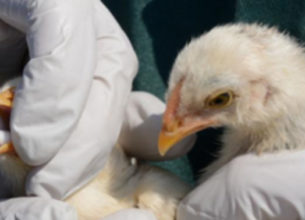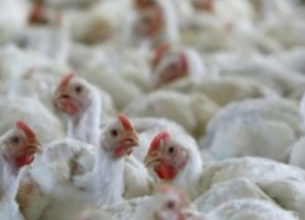BIRD FLU – AVIAN INFLUENZA
16, Mar 2020

Prelims level : Governance - Health
Mains level : GS-II Issues relating to development and management of Social Sector or Services relating to Health, Education, Human Resources.
Why in News?
- The suspected cases of avian influenza (bird flu) are being reported from various parts of the Kerala.
Mitigatory Measures:
- Special squads had been formed to cull birds within a certain distance around the affected areas to bring the situation under control.
- About 4,000 chicken and birds are expected to be killed in two days as part of defensive measures being taken to prevent the spread of bird flu.
- The State was well-equipped with specialized laboratories to diagnose zoonotic diseases without delay and adopt preventive measures.
Bird Flu or Avian Influenza:
- Avian influenza (AI), commonly called bird flu, is an infectious viral disease of birds.
- These viruses occur naturally among wild aquatic birds worldwide and can infect domestic poultry and other bird and animal species.
- People catch bird flu by close contact with birds or bird droppings or undercooked poultry.
- Outbreaks of AI in poultry may raise global public health concerns due to their effect on poultry populations, their potential to cause serious disease in people, and their pandemic potential.
- Reports of highly pathogenic AI epidemics in poultry, such as A (H5N1), can seriously impact local and global economies and International Trade.
H5N1:

- Most avian influenza viruses do not infect humans. However, some, such as A (H5N1) and A (H7N9), have caused serious infections in people.
- H5N1 is a type of influenza virus that causes a highly infectious, severe respiratory disease in birds called avian influenza.
- Human cases of H5N1 avian influenza occur occasionally, but it is difficult to transmit the infection from person to person.
- When people do become infected, the mortality rate is about 60%.
How does H5N1 influenza spread to people?

- Almost all cases of H5N1 infection in people have been associated with close contact with infected live or dead birds, or H5N1-contaminated environments.
- The virus does not infect humans easily, and spread from person to person appears to be unusual.
High Concerns:
- H5N1 infection in humans can cause severe disease and has a high mortality rate.
- If the H5N1 virus were to change and become easily transmissible from person to person while retaining its capacity to cause severe disease, the consequences for public health could be very serious.








